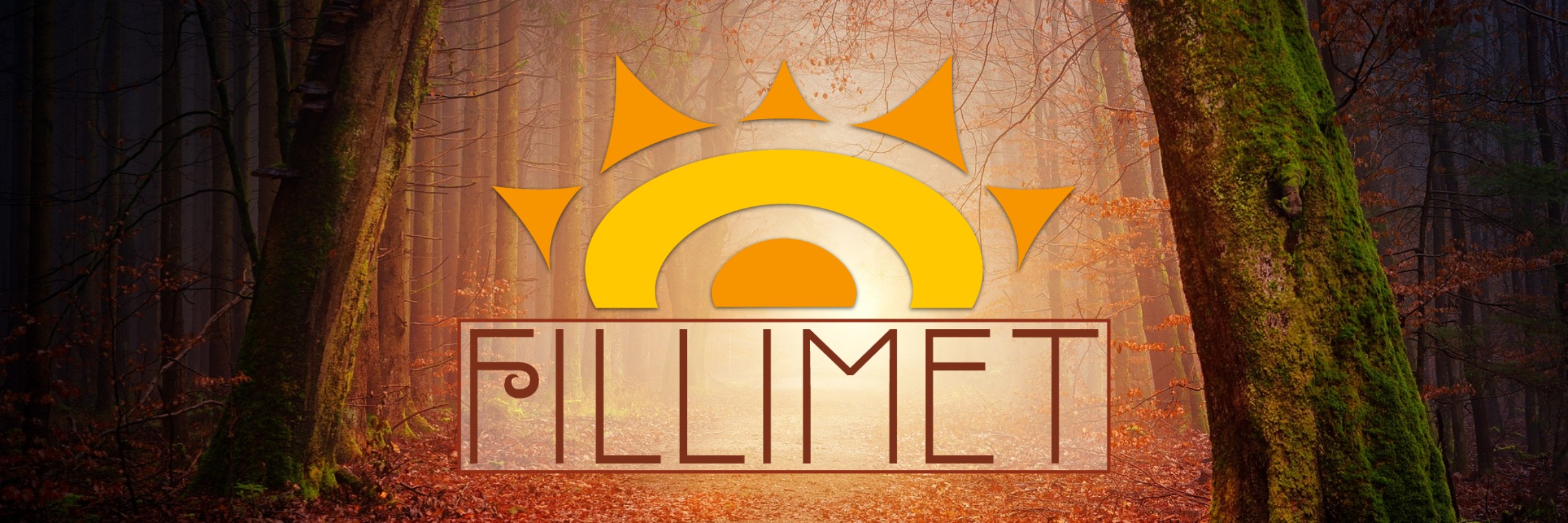Walking trees are the largest known species of trees in Fillimet by both height and width, making their migratory behaviors and adaptations particularly impressive.
Upper Canopy
The main trunk of the tree extends straight to a height in excess of 200 ft, but rather than unbalancing the tree this height serves as a ballast. The top two thirds of the walking trees of Jannada contain a thick net of weaving leaf-covered vine-like branches which grow out and down while remaining fairly close to the trunk.
These serve to centralize the weight of the tree, and provide a safe haven for the symbiotic
Bigfoot Squirrel who make their homes within the migratory trees. The main trunk is also highly flexible, swaying with the wind or in response to ground tremors, helping the tree remain upright despite environmental conditions.
Lower Canopy
The lower canopy of the tree consists of a thick network of wide, surprisingly strong branches extending outwards and upwards from the trunk. In a fully mature tree these branches could extend a radius of 300 ft or larger. The branching lower canopy is where the core of the tree resides, as well as its center of balance. Many walking trees are also home to
Jannadan cities, built to take advantage of the strength and migratory patterns of the wondrous trees. Here the branches serve as roadways from building to building, with additional structure and navigation provided by ropes constructed from weaving together portions of the tree's aerial root system.
Understory
Below the thick lower canopy each walking tree has grown a twisting jungle of prop and aerial roots. Prop roots help support the canopy, growing downward from the branches and twisting around each other to form thick yet flexible secondary root columns. Aerial roots reach from the branches deep within the soil below, efficiently absorbing nutrients until the tree's migration pulls them from the soil. Aerial roots are longer and more agile than the prop or main root systems, allowing them to dart forward along the tree's path to set root again. At average speed an aerial root will require up to three days to locate a suitable location and an additional day to plant itself, allowing more than two weeks to gather nutrients before being uprooted again.
Root System
The root system of the walking tree rivals the lower canopy in diameter, radiating outward from the trunk in wide serpentine primary support roots. The tree has evolved to rely upon thicker roots in lesser quantities for the extra support but also to reduce the opportunities of the primary support roots with the aerial roots draped from the lower canopy. Towards the end each primary root splits into multiple secondary roots which serve to propel the tree along its path. Each secondary root will reach forward along the path, digging into the ground before contracting. The progress is slow and imperceptible to the untrained observer, but measurements have shown the trees are always moving.
The bark beneath the walking tree is thick and tough, yet carefully jointed to allow the flexibility required for its journey. The
Jannadan people have studied this arrangement of teinforced layers and adapted it for use in their own armor. The bark beneath the primary roots is worn smooth from constant friction. The secondary roots bear rough patterns to improve grip, the bark reinforced with metals drawn from the soil by the aerial roots. Unlike the rest of the tree, walking trees are constantly growing new root bark.


















I'm suddenly hearing a ballad with the chorus... "... these roots are made for walkin'! ..." :D Seriously, this is AWESOME! I'm wondering... what migratory birds call these trees home? And is the migration of the trees following underground rivers or flowing water tables? Really, neat! I like it!
Regarding the birds - none. The squirrels tend to eat any that try to roost within the trees. Regarding their migration paths, I will admit that I'm not entirely sure yet. I think I will have them using the magical fields for navigation (like our migratory birds use the magnetic fields of earth in part) but I have not mapped out Jannada itself well enough to answer further yet. This was one of the major species that makes the plane what it is, though, so getting closer.
Necromancy is a Wholesome Science.